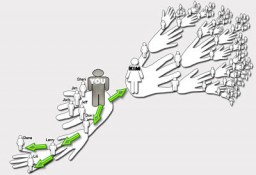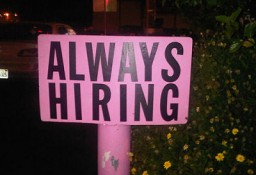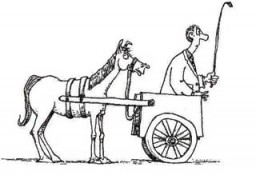Another year has started. Did you promise yourself that this is the year, now is the time to change careers? You feel ready to make a real change in your life.
Changing careers requires some internal and external stretching to get you where you want to go. In the same way that stretching physically helps prepare your bones and muscles for more vigorous activity, we need to stretch our ideas and actions in order to transform our career into a better jobfit, one that will recognize, reward, and motivate us for what we do naturally and effortlessly.
1. Stretch your ideas. One of the biggest obstacles we face when thinking about a new career is a shortlist of options. Most people can only think of 30 jobs off the top of their head—teacher, lawyer, doctor, dentist, postman, policeman, professonal athlete, singer, secretary, baker, banker, and the jobs we see or encounter on a daily basis. But there are 60,000+ jobs operating in our economy and the truth is there is not one perfect job for you (perfection is an illusion) but up to several dozen jobs that you are suited for…if you only knew what they were. Getting a proper assessment of your natural talents and motivations, combined with your existing education, experience, values, priorities—can open the door to many exciting career options, not to mention several excellent jobs that you can transition into quickly and easily.
2. Expand your talents into a track record. You may have a knack for public speaking but you can’t be a competent and accomplished public speaker unless you seek opportunities to speak with your authentic voice. It’s hard to convince others of your knack for marketing unless you can design and deliver some impressive marketing collaterals. To succeed with a career change, your talents must be developed into skills through genuine effort to meet some real goals.
3. Take the time necessary for expansion. You’ve probably heard the old cliche that every overnight success took 20 years. Transformation does not occur overnight. Too many people kill their dreams by quitting too early. They want the rewards now. But taking responsibility for what you truly want from life requires time to plant and harvest. If you’re not willing to invest some time and energy then I suggest you don’t really want a new career; instead, you probably want to replace your current income with something that is not as stressful, or as toxic, or as boring, or as [you fill in the blank]. Avoiding something you don’t want is not the same thing as creating something you do want.
4. Embrace the creative process. Creating is a process that follows a proven format : come up with a clear vision of a new career; look at where you are now clearly and objectively; then take effective actions to move you closer from where you are now to where you want to be in the future. That’s it. The creative process is not rocket science, anybody can do it. But the key is to do it. Take effective actions that move you closer to what you want. Don’t waste time, energy or money by taking no action, or only a little action, or ineffective action. Life is too short. Commit to your transformation. Perhaps you can move forward more quickly by getting help.
Are you still feeling resistance to stretching your ambition, to grabbing the internal or external bull by the horns, and wrestling it to the ground once and for all? Perhaps this is the year when you take deliberate, intentional and proven actions that move you forward.
Help is available to help you seize the day and stretch beyond what you thought possible.











